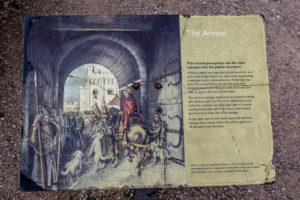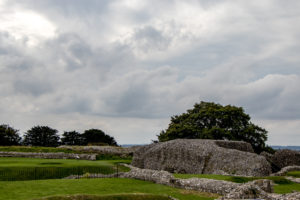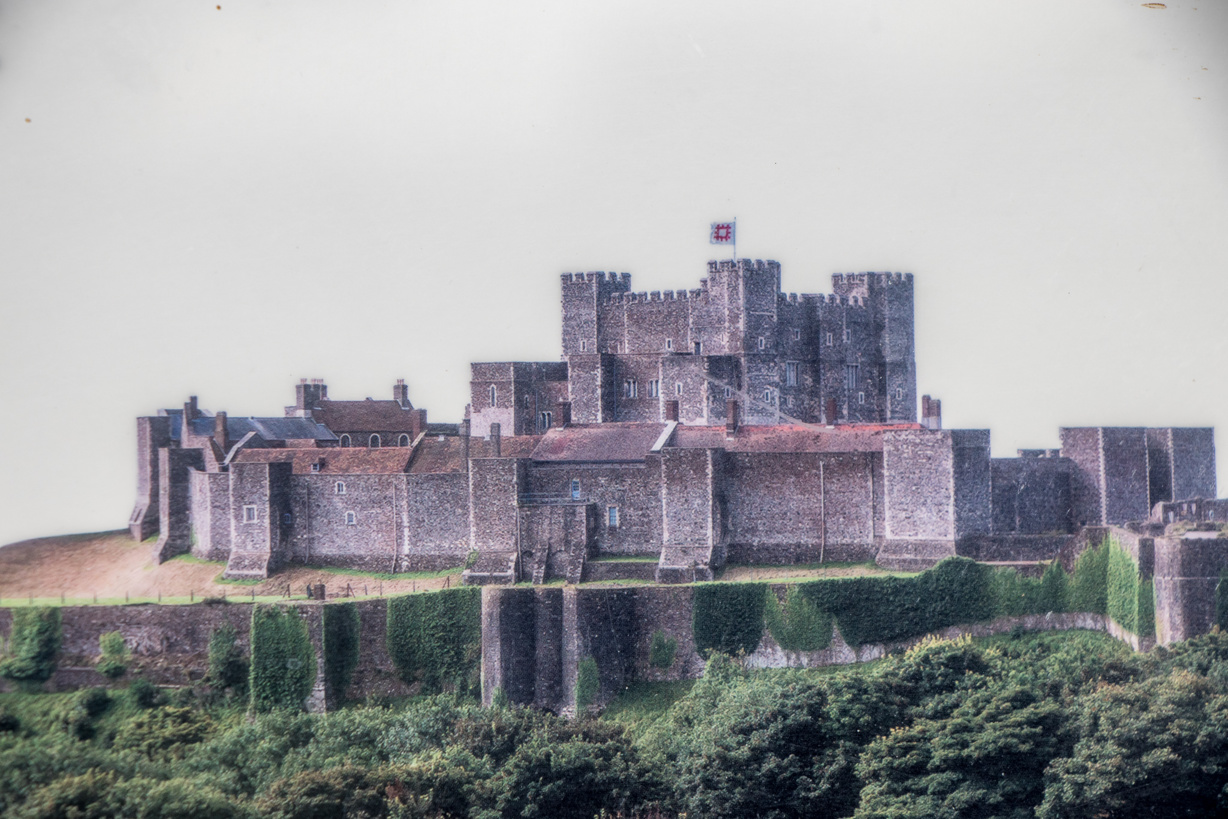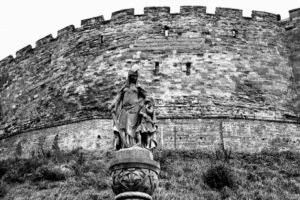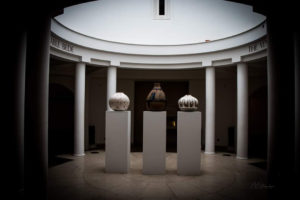 Old Sarum is the site of the earliest settlement of Salisbury in England. Located on a hill about 2 miles north of modern Salisbury near the A345 road, the settlement appears in some of the earliest records in the country.
Old Sarum is the site of the earliest settlement of Salisbury in England. Located on a hill about 2 miles north of modern Salisbury near the A345 road, the settlement appears in some of the earliest records in the country.
The great monoliths of Stonehenge and Avebury were erected nearby and indications of prehistoric settlement have been discovered from as early as 3000 BC. An Iron Age hillfort was erected around 400 BC, controlling the intersection of two native trade paths and the Hampshire Avon. The site continued to be occupied during the Roman period when the paths became roads. The Saxons took the British fort in the 6th century and later used it as a stronghold against marauding Vikings. The Normans constructed a motte and bailey castle, a stone curtain wall, and a great cathedral. A royal palace was built within the castle for King Henry I and was subsequently used by Plantagenet monarchs. This heyday of the settlement lasted for around 300 years until disputes between the Sheriff of Wiltshire and the Bishop of Salisbury finally led to the removal of the church into the nearby plain. As New Salisbury grew up around the construction site for the new cathedral in the early 13th century, the buildings of Old Sarum were dismantled for stone and the old town dwindled. Its long-neglected castle was abandoned by Edward II in 1322 and sold by Henry VIII in 1514.
Prehistory
The hilltop at Old Sarum shows evidence of Neolithic settlement as early as 3000 BC. There is evidence that early hunters and, later, farming communities occupied the site. A protective hill fort was constructed by the local inhabitants around 400 BC during the British Iron Age by creating enormous banks and ditches surrounding the hill. The hillfort is broadly oval-shaped, measuring 400 m in length and 360 m in width. It consists of a double bank and intermediate ditch with an entrance on the eastern side. Numerous other hillforts of the same period can be found locally, including Figsbury Ring to the east and Vespasian’s Camp to the north. The archaeologist Sir R.C. Hoare described it as “a city of high note in the remotest periods by the several barrows near it, and its proximity to the two largest stone circles in England, namely, Stonehenge and Avebury.
Saxon period
Cynric, king of Wessex, captured the hill in 552. It remained part of Wessex thereafter but, preferring settlements in bottomland like nearby Wilton, the Saxons largely ignored Old Sarum until the Viking invasions led King Alfred to restore its fortifications. In the early part of the 9th century, it was a frequent residence of Egbert of Wessex and, in 960, King Edgar assembled a national council there to plan a defense against the Danes in the north. Along with Wilton, it was abandoned by its residents to be sacked and burned by the Dano-Norwegian king Sweyn Forkbeard in 1003.
Norman period
A motte-and-bailey castle was built by 1069, three years after the Norman conquest. The castle was held directly by the Norman kings; its castellan was generally also the sheriff of Wiltshire. In 1075, the Council of London established Herman as the first bishop of Salisbury (Seriberiensis episcopus), uniting his former sees of Sherborne and Ramsbury into a single diocese which covered the counties of Dorset, Wiltshire, and Berkshire. He and Saint Osmund began the construction of the first Salisbury cathedral but neither lived to see its completion in 1092. Osmund was a cousin of William the Conqueror and Lord Chancellor of England; he was responsible for the codification of the Sarum Rite, the compilation of the Domesday Book, and—after centuries of advocacy from Salisbury’s bishops—was finally canonized by Pope Callixtus III in 1457.
The Domesday Book was probably presented to William I at Old Sarum in 1086, the same year he convened the prelates, nobles, sheriffs, and knights of his dominions there to pay him homage by the Oath of Salisbury. Two other national councils were held there: one by William Rufus in 1096[27] and another by Henry I in 1116, which has sometimes been described as the first English Parliament. William Rufus confirmed its bishop in various additional sources of income, which were later confirmed by Henry II.
The cathedral was consecrated on 5 April 1092 but suffered extensive damage in a storm, traditionally said to have occurred only five days later. Bishop Roger was a close ally of Henry I who served as his viceroy during the king’s absence to Normandy[30] and directed the royal administration and exchequer along with his extended family. He refurbished and expanded Old Sarum’s cathedral in the 1110s. This work ultimately doubled the cathedral’s length and involved the large-scale leveling of the ecclesiastical district in the northwest quadrant of the town. He began work on a royal palace during the 1130s, prior to his arrest by Henry’s successor Stephen. This palace was long thought to have been the small structure whose ruins are located in the small central bailey; it may, however, have been the large palace recently discovered in the southeast quadrant of the outer bailey.
